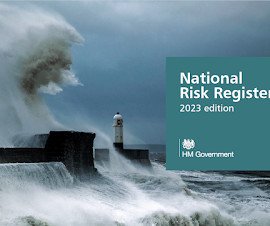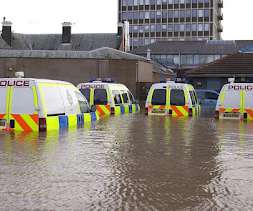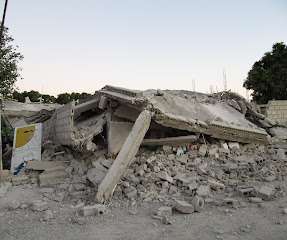The United Kingdom's National Risk Register - 2023 Edition
Emergency Planning
AUGUST 3, 2023
This document was first published in 2008 and has been updated (somewhat irregularly) at roughly two-year intervals. The new version presents 89 major hazards and threats that could potentially disrupt life in the United Kingdom and possibly cause casualties and damage. The 2023 NRR is clear and concise.













Let's personalize your content